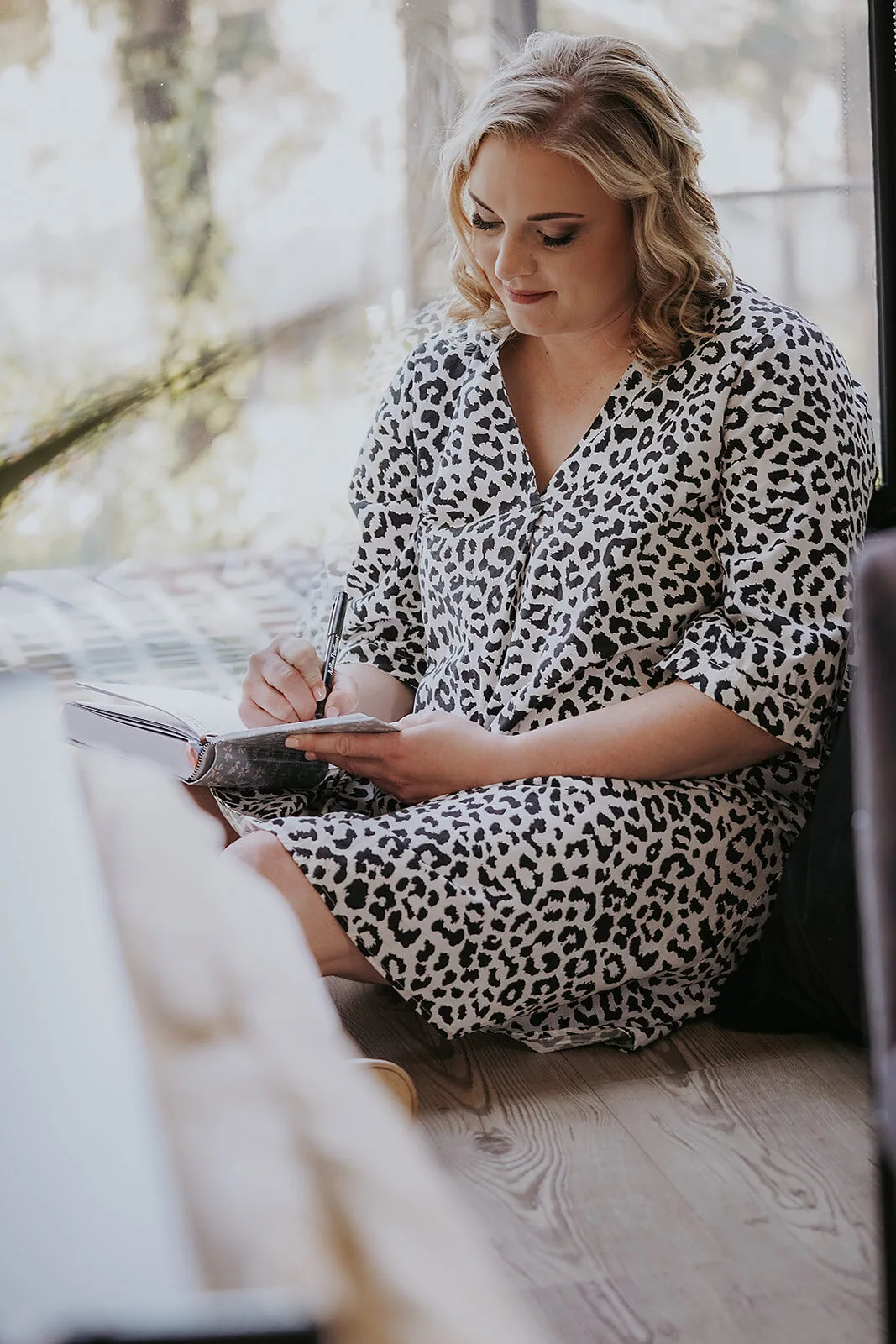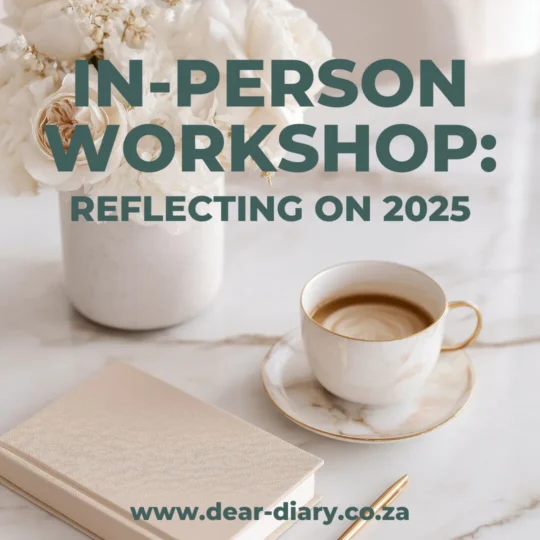When you’re swamped, try the 4-4-4 breathing pattern—inhale for four counts, hold for four, exhale for four. You can squeeze in one-minute micro-meditations by simply observing your breath or repeating a calming mantra. Quick body scans help you notice tension in your shoulders and jaw, whilst walking meditation transforms your commute into stress relief. Don’t underestimate gratitude either—listing three positive things about your current situation costs nothing but delivers real results. These techniques reveal deeper relaxation strategies.
When stress hits you like a freight train at 3 PM on a Tuesday, you don’t have time for hour-long meditation retreats or elaborate wellness routines. You need techniques that work faster than your rooibos can cool down and fit into the chaos of your overpacked schedule.
Deep abdominal breathing becomes your first line of defence against workplace anxiety. Focus on expanding your belly rather than your chest, then exhale slowly like you’re deflating a balloon. The 4-4-4 breathing pattern works especially well when you’re drowning in deadlines – inhale for four counts, hold for four, exhale for four.
When deadlines collide with panic, your breath becomes the emergency brake that stops anxiety from hijacking your entire afternoon.
One-minute micro-meditations pack serious punch into bite-sized sessions. Set your phone timer and either focus on passive breath observation or repeat a customisable mantra like “Calmness in, stress out.”
Body scan meditation doesn’t require lying on a yoga mat for thirty minutes. Start with 60-second mini-sessions during tea breaks, focusing sequentially from your feet to your head. Notice tension in your shoulders, numbness in your fingers, or that familiar jaw clench.
Progressive muscle relaxation offers a shorthand version that fits into your lunch break. Tense multiple muscle groups simultaneously for five seconds, then release for ten seconds.
Walking meditation transforms your commute into mindfulness practice. Slow your pace intentionally and mentally label each action: “lifting,” “placing,” “shifting weight.” Ground yourself by emphasising each footstep’s weight and immerse your senses in surrounding sights, sounds, and smells.
Affirmation breathing pairs inhaled “I am” phrases with exhaled positive statements like “at peace” or “capable.”
Quick sensory grounding anchors you when thoughts spiral. Check your body for signs of tension and relax areas like your facial muscles, which often hold stress without you realising. Deliberately notice five things you can see, four you can touch, three you can hear.
Gratitude practice requires zero equipment and works during any free moment. List three positive aspects of your current situation, however small. Your morning rooibos, comfortable shoes, or simply having survived another Monday all count. This daily practice becomes particularly powerful for counteracting chronic stress, depression, and negativity that can impact your overall health. Remember that these quick relaxation techniques serve as complementary medicine alongside your regular healthcare routine, providing immediate stress relief when you need it most.
Frequently Asked Questions
Can Relaxation Techniques Help Reduce Anxiety During Work Meetings?
You can use discreet relaxation techniques during meetings. Try mindful breathing, covert progressive muscle relaxation at your desk, or brief grounding exercises. These methods reduce anxiety without interrupting the meeting flow.
How Often Should I Practise These Techniques for Best Results?
You’ll see best results by practising daily for at least 10 minutes. Start with micro-sessions of 60 seconds during stressful moments, then build consistency by pairing techniques with your existing routines.
Are There Any Side Effects From Doing Breathing Exercises Too Frequently?
You won’t experience serious side effects from frequent breathing exercises, but you might feel initial muscle fatigue or discomfort whilst learning. Overuse doesn’t provide extra benefits beyond recommended practice sessions.
What’s the Difference Between Meditation and Quick Relaxation Techniques?
Quick relaxation techniques give you immediate stress relief through breathing or grounding exercises you can do anywhere. Meditation requires longer sessions in quiet spaces, focusing on sustained mindfulness training for deeper psychological changes.
Can These Techniques Replace Professional Therapy for Stress Management?
You can’t replace professional therapy with relaxation techniques alone. They’ll help manage daily stress and provide immediate relief, but won’t address underlying issues or complex mental health conditions requiring clinical intervention.





